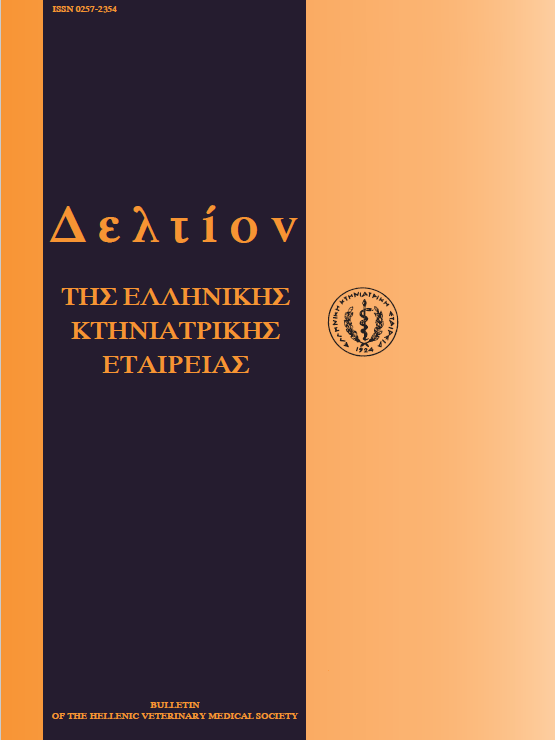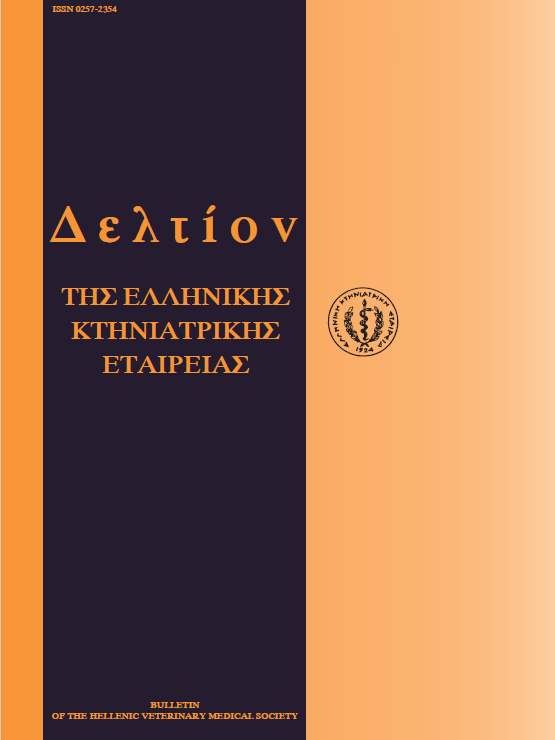An epizootiological survey of sheep pox in Greece from 1982 to 1998
Résumé
Sheep pox outbreaks in Greece during the last 17 years are reviewed. It is believed that the disease is mostly introduced from eastern neighboring countries. The transmission of the virus is connected to the movements and contact of sheep flocks. It is also attributed to human-animal contacts. Disease foci appeared in several central and northeastern areas of the country. Between 1982 and 1986 the country remained sheeppox free. The first outbreak appeared in the island of Lesbos in 1987. In 1988 sheeppox outbreaks did occur in the Evros prefecture. In 1994 one new outbreak occurred in Evros. During the 1995-1998 period several outbreaks occurred in Evros and other regions, such as in Thessaloniki (1995), Larissa, Xanthi, Rodopi, Kavala, Magnissia, and Lemnos island (1996), Kavala, Magnissia, Halkidiki, and Samothraki island (1997). In 1998 the cases of sheeppox were reduced and occurred only in prefecture of Evros.
Article Details
- Comment citer
-
MANGANA-VOUGIOUKA (Ο. ΜΑΓΤΑΝΑ-ΒΟΥΠΟΥΚΑ) O., NOMIKOU (Κ. ΝΟΜΙΚΟΥ) K., PANAGIOTATOS (Δ. ΠΑΝΑΠΩΤΑΤΟΣ) D., BAKANDRITSOS (Ν. ΜΠΑΚΑΝΔΡΙΤΣΟΣ) N., & KOPTOPOULOS (Γ. ΚΟΠΤΟΠΟΥΛΟΣ) G. (2018). An epizootiological survey of sheep pox in Greece from 1982 to 1998. Journal of the Hellenic Veterinary Medical Society, 51(4), 255–261. https://doi.org/10.12681/jhvms.15683
- Numéro
- Vol. 51 No 4 (2000)
- Rubrique
- Special Article

Ce travail est disponible sous licence Creative Commons Attribution - Pas d’Utilisation Commerciale 4.0 International.
Authors who publish with this journal agree to the following terms:
· Authors retain copyright and grant the journal right of first publication with the work simultaneously licensed under a Creative Commons Attribution Non-Commercial License that allows others to share the work with an acknowledgement of the work's authorship and initial publication in this journal.
· Authors are able to enter into separate, additional contractual arrangements for the non-exclusive distribution of the journal's published version of the work (e.g. post it to an institutional repository or publish it in a book), with an acknowledgement of its initial publication in this journal.
· Authors are permitted and encouraged to post their work online (preferably in institutional repositories or on their website) prior to and during the submission process, as it can lead to productive exchanges, as well as earlier and greater citation of published work.




